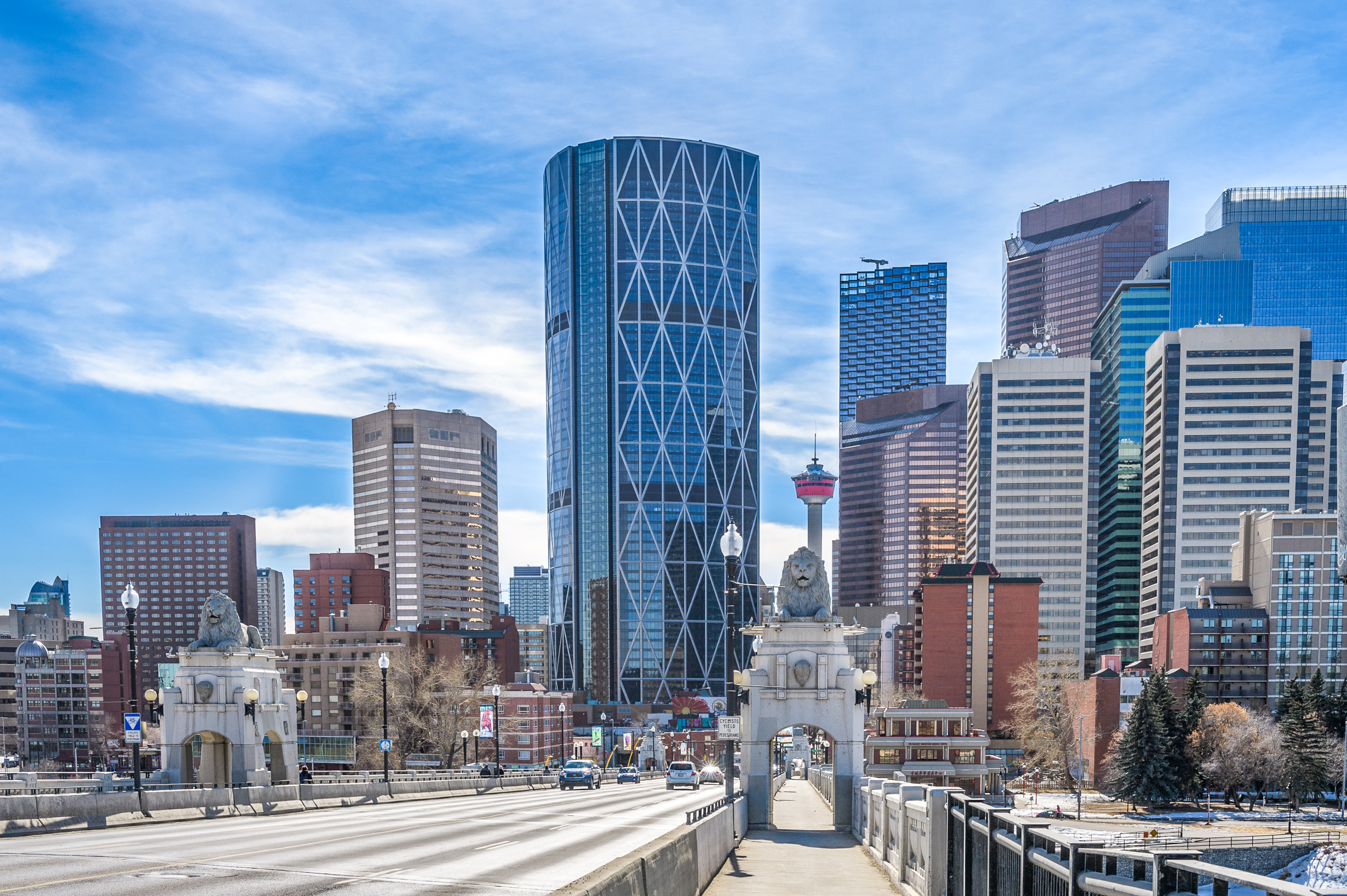The existence of the reversal has enabled traffic in the Sunalta cuplet to drop by 50, 60%, enabling the neighbourhood to no longer preferred as a high-ish speed shortcut.
-33% on 11 ave (presumably pm peak) -53% on 12 ave (presumably am peak)
in 2000
View attachment 493290
2018:
View attachment 493291
Those are average daily volumes. But it's interesting, I had a look at west downtown access at a bigger scale; here's the 2018 volumes and the change since 2000:
Traffic is down a lot on 11th/12th, but it's also down almost everywhere.
Percentages can be a little misleading, though; the 7% reduction on EB Bow Trail and the 20% reduction on 10th Ave W of 14th St both represent reductions of 2000 vehicles, just from a higher base on Bow Trail. Here's the volumes across two screenlines; one west of 14th and one west of 11th streets:
It's hard to say that the traffic on the reversible lane is traffic that would otherwise be going through Sunalta; for one thing, some of that volume was there before (since it's not reversed in the PM), and the overall volumes on Bow Trail are down.
I included a couple of midpoint years; 2014 to represent higher downtown office activity (not much change since then), and 2012 because I had a hypothesis that the West LRT (which took 30,000 cars a day off the road per the first year report) might have had an impact, but there doesn't seem to be much before/after difference. One thing that I think does have a very modest difference in Sunalta through-cutting is the cycle tracks, which reduced car volumes on 12th by around 3000 vehicles per day.
Decreased volume to the downtown is the broad trend most places:
That up point at the end on the Memorial NE bridges is a bit of a false trend (like Macleod in 2014); data's a little noisy. That volume was down again in 2019.
Long story short, I don't think that lane is really needed, particularly west of 14th St which is the narrowest, crummiest part of the pathway.







